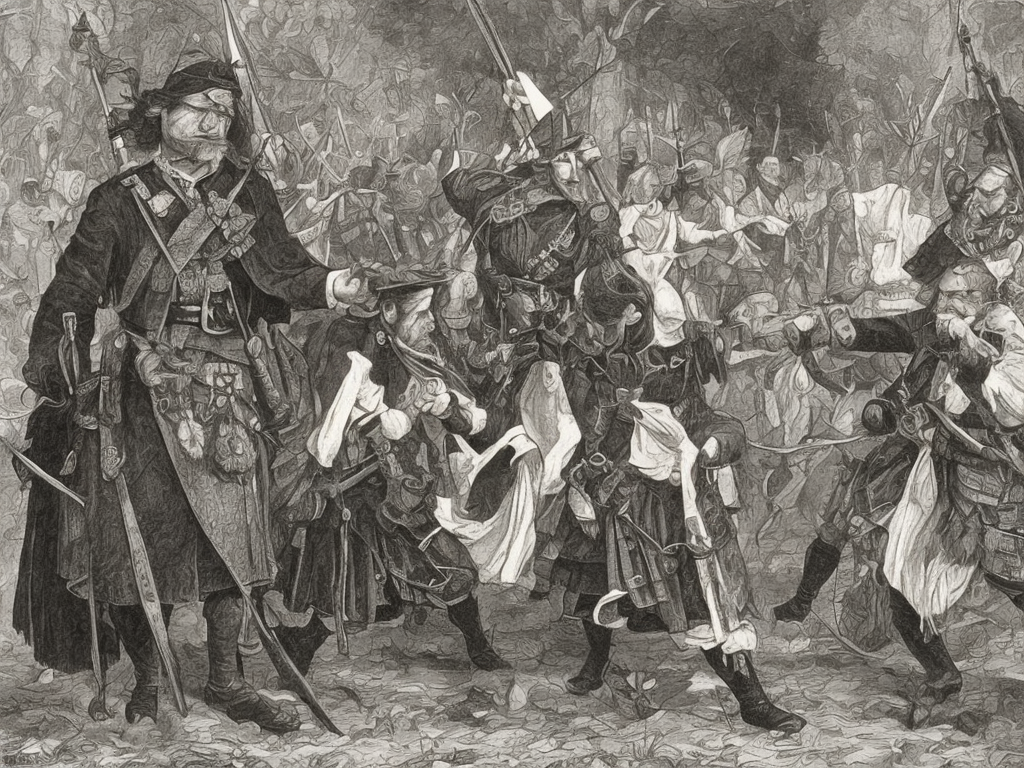
When it comes to the Celtic culture, there are two countries that immediately spring to mind – Ireland and Scotland. Both have a rich cultural heritage and have contributed much to the world in way of art, music, and literature. However, while these two countries may share some similarities, they are also very different in many ways.
The first and perhaps most obvious difference between the Irish and the Scottish is the language. Irish (Gaelic) is still spoken in some parts of Ireland, but it is not widely used as the primary language. English is the predominant language of Ireland, and has been for several centuries. In Scotland, the Gaelic language is still spoken in some parts of the country, but again, it is not widely used. The Scottish language is English, although it is spoken with a distinctive Scottish accent.
There are also some differences between the way the Irish and the Scottish approach religion. While both countries are predominantly Christian, Ireland is primarily Catholic, while Scotland is primarily Protestant. This is a fundamental difference that has had a significant impact on the respective countries' histories, and is still felt today.
Another key difference between the Irish and the Scottish is their history. Ireland has a long history of colonization, conquest, and resistance, which has left a deep imprint on the Irish psyche. From the arrival of the Celts thousands of years ago, to the Norman invasion in the 12th century, to the English conquest in the 16th century, Ireland has had a turbulent history that has shaped its culture and identity. Scotland has also had a turbulent history, but it has not been subjected to the same degree of colonization or conquest as Ireland.
Perhaps the most noticeable difference between the Irish and the Scottish is their national character. The Irish are known for their warmth, friendliness, and sense of humor, and are famous for "the craic" – a term that is synonymous with good times and socializing. The Scottish, on the other hand, are known for their dourness and reserve, and are often considered to be more reserved and conservative than the Irish.
One area where the Irish and the Scottish do share some similarities is in their love of music and dance. Both countries have a rich tradition of folk music and dance, and both have produced some world-renowned musicians and artists. However, there are some distinctive differences between the two countries' musical traditions – for example, Irish music is known for its use of the fiddle and the bodhrán (a type of hand drum), while Scottish music is known for its use of the bagpipes and the fiddle.
Finally, it's worth noting that despite these differences, the Irish and the Scottish have a long and complex shared history. The two countries have been connected for centuries, and many Irish people have Scottish ancestry, and vice versa. There are also some shared cultural traditions – for example, the Highland Games in Scotland and the St Patrick's Day parades in Ireland are both celebrated with great enthusiasm by the respective countries' populations.
In conclusion, while the Irish and the Scottish may share some superficial similarities, there are also many differences between the two cultures. From their language and religious differences to their approach to history and national character, there are many factors that make these two countries unique. However, despite these differences, the Irish and the Scottish have a long and storied shared history, and their respective cultures have contributed much to the world – and will continue to do so for years to come.
 Self-Instruct
Self-Instruct